Environment friendly Agriculture Techniques
Crop rotation, Pest Management and Efficient water use
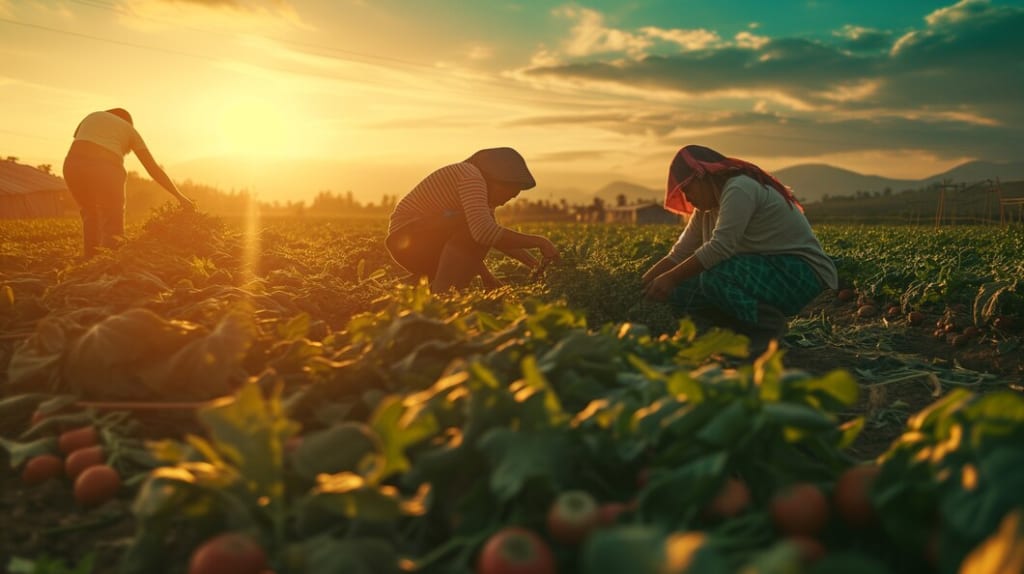
Tried everything, but are you still struggling with soil health and crop yields? Discover sustainable farming techniques to transform your farm. “Sustainable Farming” focuses on growing long-term crops along with paying attention to lower impacts on the environment.
Additionally, it is difficult to strike a balance between social fairness, economic growth, and environmental preservation. In a country like India of diverse cultures and religions, they had been the heart of farming for decades.
With so many people relying on farming for a living, agricultural practices must be sustainably monitored. Indian farmers can attain this equilibrium by implementing a variety of sustainable techniques, including crop rotation, effective water use during farming, and pest control measures.
Importance of Sustainable farming
The idea of sustainable farming is everyone’s concern when people find that the current way of human activities is unmanageable in the long term, and there is a need for change in farming practice.
By combining all the issues of farming, nothing draws more attention than political and economic disturbances. As well as climate change and food security. While political and economic disruptions seem to be temporary, climate change and food security will have long-term effects. And call for immediate and nonstop effort by people across the globe, as these are very important to our existence.
Now that farmers become aware of the benefits of sustainable farming, they dishonestly use the bounties of nature, and this practice continues in great measure today also. So long as farmers were ignorant about sustainable farm practices, they had stuck to farming that is now thought to be sustainable and beneficial in the long term.
Best sustainable farming practices
1. Crop rotation
By progressively rotating the different kinds of crops grown in a region, crop rotation enhances soil health. This reduces nutrient deficiency and boosts nutrient cycling since multiple crops have different types of root systems and need varying quantities o
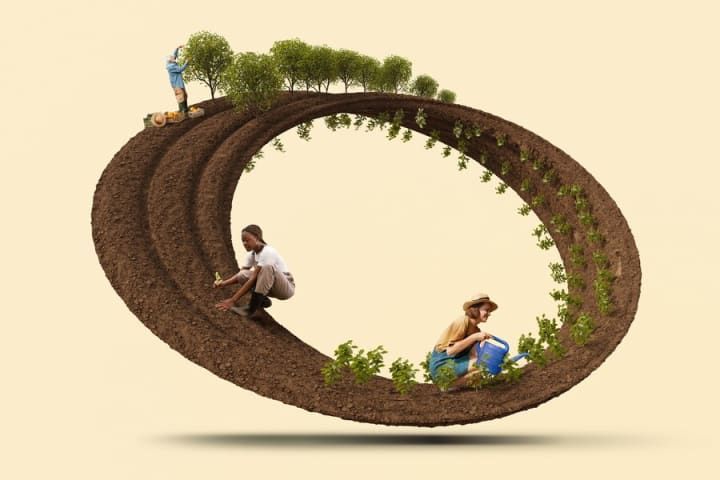
Crop rotation also helps to improve soil structure and microbe activity, and reduces soil erosion. It also raises the quantity of organic material in the soil, and lowers the formation of pests and diseases related to certain crops. Soils that are more nutritious and productive are a result of all these variables.
- Better soil fertility
- Lower the usage of fertilisers and Pesticides
Crop Rotation Benefits:
2. Conservation Tillage
It is a technique that is used to boost the crop remains on the surface of the soil, intending to lessen the impact of erosion by water and wind. It is known as conservation tillage. Crop remains are the best renewable resource, and they play a crucial role in conservation tillage.
When residues from crops are managed effectively, they enhance water utilization and accessibility, guard nutrients in the soil, improve overall soil quality, restore damaged ecosystems, and optimise nutrient cycling.
Also, improve pest suppression (such as weed and nematode suppression), decrease runoff and the absorption of nutrients off-site, and sustain and improve crop profitability as well as productivity.
Benefits:
- Lesser soil erosion
- Improves soil health
- Lower soil evaporation
3. Integrated Pest Management
Integrated pest management, abbreviated as IPM. It is a popular, successful, and ecologically conscious method of treating pest problems in crops that combines several ordinary techniques.
First, monitor your land to find out which pests are present in the crop, how many they are, and how much they damage the crop. After analysing the proper situation, now it's time to choose the most effective management approach that depends on accurately identifying the pest.
This information is also helpful in choosing the most efficient management techniques and the optimal moment to use them. Then, you can use methods like biological control methods, which include pathogens and predators, and chemical control methods, which include pesticides.
Benefits:
- Reduce pests in crops
- Protect human health
4. Efficient water use
The key factor in sustainable farming is the water conservation. A key element that supports effective resource use, protection of the environment, and long-lasting food security. The farmers of India may minimise their water footprint, lessen their influence on the environment, and create an environmentally friendly future by adopting water conservation techniques.
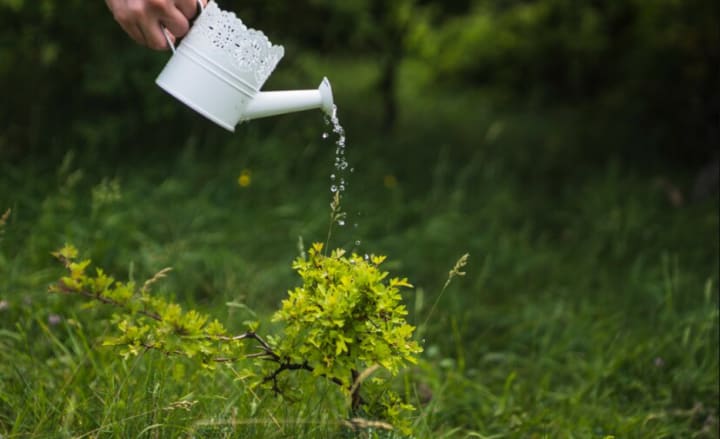
Some techniques for water conservation are Drip irrigation, mulching, and rainwater harvesting. Drip irrigation is the most efficient technique. A farmer can use network of tubes and emitters to provide water slowly and easily by reducing water wastage and improving plant uptake.
Benefits:
- Easy to install
- Less water wastage
Role of Modern Equipment in Sustainable Farming
Modern technology took farming to the next level. It is the way that contemporary farmers throughout India have learned to adapt to changing climatic and economic conditions. Growing numbers of people and difficult natural resource constraints to generate enough food to feed everyone on the planet.
Utilizing enhanced seeds, machinery like tractors, harvesters, threshers, and chemical fertilizers in the right amounts together with water make up the majority of modernization.
Tractors have been part of farming for decades these days. Tractors are more than just basic vehicles with engines strong enough to tow large pieces of machinery over a field. For instance, John Deere Tractor are fully equipped with agricultural technology and may assist farmers in putting sustainable techniques like water-saving tillage into practice.
About the Creator
Rajendra_Singh
I'm a agriculture blogger, who loves sharing my knowledge about growing things. On my blog, you'll find practical tips and interesting stories to help you get started!
Enjoyed the story? Support the Creator.
Subscribe for free to receive all their stories in your feed. You could also pledge your support or give them a one-off tip, letting them know you appreciate their work.


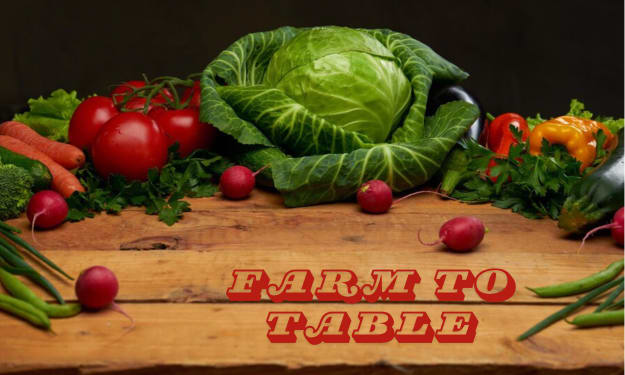

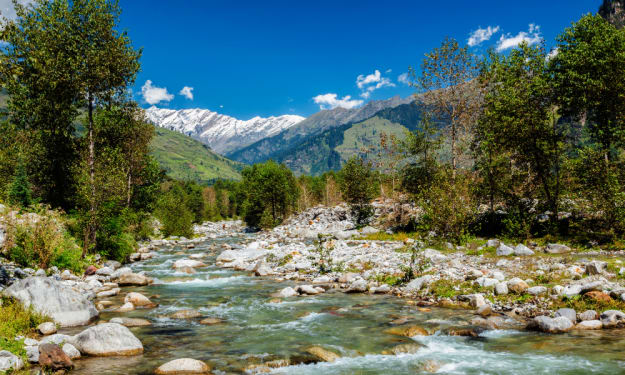

Comments (1)
I am glad you shared that and I read that.